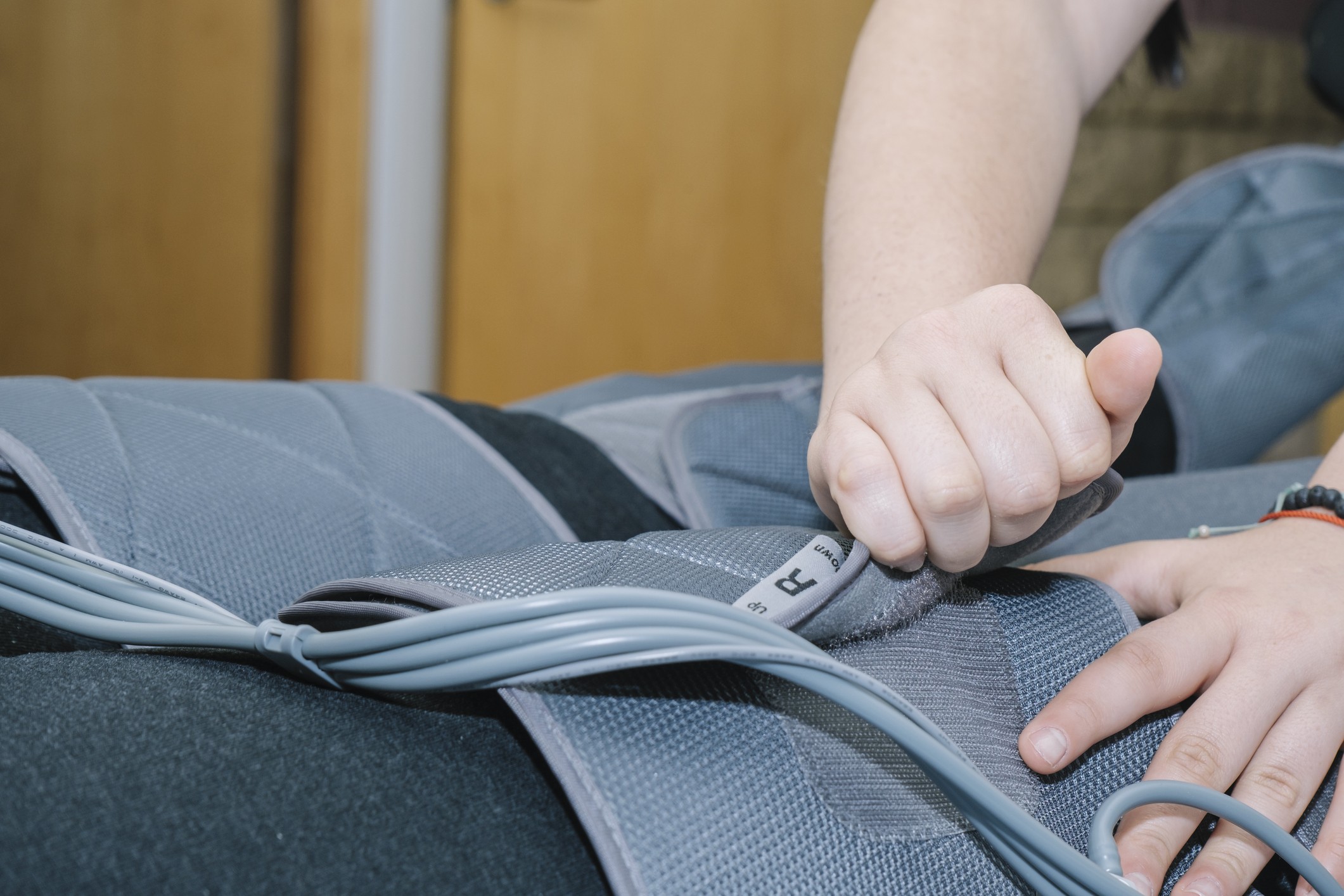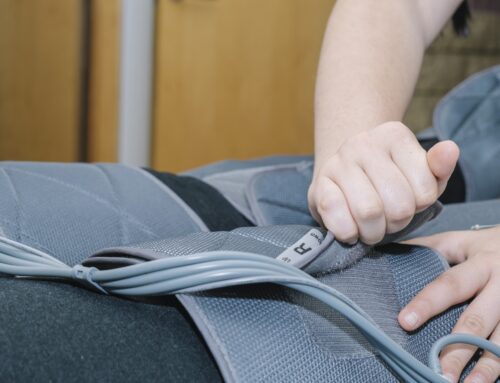Edema symptoms manifest as an indication of an underlying issue where the body retains more fluid than it should. Often linked to heart or kidney malfunction, this excess fluid accumulation can lead to noticeable swelling, primarily in areas like the hands, arms, feet, ankles, and legs.
While anyone can be susceptible to edema, it’s more commonly observed among the older population.
Edema Symptoms
While many recognize edema by its physical manifestations, such as swollen legs or ankles, the condition presents a myriad of other symptoms, some of which might surprise you. From heightened anxiety levels to visual disturbances, the effects of edema extend beyond mere physical appearance. It is crucial to be aware of these signs to seek timely intervention and alleviate discomfort.
High Anxiety levels
One of the first symptoms looked for when diagnosing edema is high anxiety levels. Those who have this condition can become very easily startled. The change in the body fluids mainly causes these high levels of anxiety. These changes make them very sensitive to noise and movements close to them.
Extreme Fatigue
Along with those feelings of fatigue are tiredness in the muscles and sleepiness. These three symptoms are usually the first to appear, with edema. The cause of these symptoms is the build-up of fluid in the body. This build-up causes extreme pressure changes in the circulatory and other body systems.
Visual Anomalies
Visual anomalies are quite common in those that have edema. When there is excessive fluid in the body, the optic nerves can get clogged. This clogging causes strange distortions in vision and a pinched optic nerve. Although these anomalies are not very dangerous, they can be very uncomfortable and make it hard to see clearly.
Stiff Joints
Stiff joints are mainly caused by the same problem that causes visual anomalies. The build-up of fluids causes the nerve endings in the joints to swell, causing stiffness and a pinched feeling in the joint. Additionally, the feeling of stiffness is not only in the joints but also in the arteries. The build-up of fluids in them makes it difficult for blood to flow through, causing intense pain.
Breathing Issues
Some of the last symptoms of edema are breathing issues and a flabby feeling. These symptoms are usually caused by fluid retention in the lungs.
This retention causes the accumulation of fluids, making it very hard to breathe properly. The blood and fluids also put extra pressure on the heart, causing it to slow down.
Blue Tinged Skin
Skin conditions are also a common symptom. The accumulation of fluids in the body causes the skin to look bluish and pale. These skin conditions can be very uncomfortable and hard to cope with daily.
Puffy Face
Most Edema victims face problems with their faces. The accumulation of fluids being swallowed causes puffy faces. When there is an excess amount of fluid in the body, it collects in the cheeks, making them more pronounced when smiling or laughing. These puffy cheeks can be very uncomfortable and make it difficult to speak clearly for some.
Swollen Legs
Another common symptom of edema is swollen legs. This swelling is caused by the build-up of fluids in the veins and arteries. The skin will look pale, with a small amount of redness or blotches. The ankles and calves will be the first to show these symptoms.
Weakness
The last main symptom caused by an excess amount of fluids in the body is weakness. Weakness will usually appear in the muscles and joints and increase as more fluid builds-up. This feeling can be very debilitating and make it hard to move around.
Increased Abdominal Size
Although not as common as the symptoms above, edema can cause abdominal enlargement. This enlargement is not life-threatening, but it can be very uncomfortable and hard to control.
Edema Treatment Options
Edema symptoms can sometimes get treated on their own. Often, however, edema is a sign of another problem in the body. Treating the edema will mostly help to reduce the symptoms temporarily.
Common treatments for edema include:
Use of Garments and Pumps
This treatment is fairly easy and non-invasive, making it preferred by most. It involves the usage of garments and compression pumps which will go over the affected areas. These garments press on the swelling to lessen it and pump out any fluid. This method is a fairly effective treatment for edema.
Besides that, it works as a prevention measure. For example, many people with edema walk around with very tight clothes that can cause excess fluid retention. Garments and compression pumps can prevent swelling and edema in the future.
Edema Antibiotics
Edema antibiotics are taken orally and work to kill bacteria that cause fluid build-up in the body. There are many different types of antibiotics, but the most common antibacterial antibiotic used to treat edema is Penicillin.
When taking this medication, it is important to follow the prescription’s instructions carefully for the prescription to work effectively.
Edema Vitamins
Another common treatment used to help reduce the symptoms of edema is vitamins. However, vitamin supplements are used more to help reduce pain and swelling than to cure edema.
Many different vitamin supplements are available, but most commonly, people will use Vitamin A and Vitamin E supplements. The dosage of vitamin supplements used to fight edema will depend on the severity of the case.
Edema Compression Bandages
It is very important to keep the affected area elevated when treating edema. It is especially true for edema in the legs and ankles. Compression bandages are mainly used to keep swelling down and help reduce pain. Doctors usually recommend these bandages during long-term treatment with edema antibiotics or vitamins.
Edema Diuretics
Edema diuretics are used to expel excess fluids from the body. Diuretics are usually taken orally and take a couple of days to work effectively. Diuretics can also be used in conjunction with antibiotics or other treatments.
One main advantage of diuretics is that they can get taken as an over-the-counter medication.
Edema Surgery
Edema surgery is used for people with severe edema or edema caused by other problems. These surgeries generally only go hand in hand with other treatments when their effectiveness is high enough.
Although the surgery is not life-threatening, it will still be very difficult and hard on the body afterwards. It is advisable to consider the surgery’s risks before deciding whether or not it will be effective for your particular case.
Infusions
Infusions are usually IV treatments that are given intravenously. The main purpose of the infusion is to cure edema by decreasing pain, swelling, and overall condition of the body. Infusions are usually given after the edema has been treated and can be used for the long term without taking pills each day.
The main disadvantage of IV infusions is that they can leave the body weak and susceptible to infection.
Edema can be an uncomfortable and painful condition. However, with the recent development in medical technology, there are numerous treatment options and medications to manage edema.
Experience the relief and benefits of tailored compression solutions. Whether you’re considering compression garment fitting or exploring compression pump therapy, Care-Med is here to guide you. Book your appointment and take a proactive step towards improved well-being and comfort. Let our experts at Care-Med provide the specialized care you deserve.
Share This Story, Choose Your Platform!
We specialize in orthotics, body braces, and compression wear tailored to your unique needs in Toronto. Reach out to us at info@caremed.care or call 416-782-5353 to book your fitting and consultation.
Experience the difference of customized solutions designed just for you.











